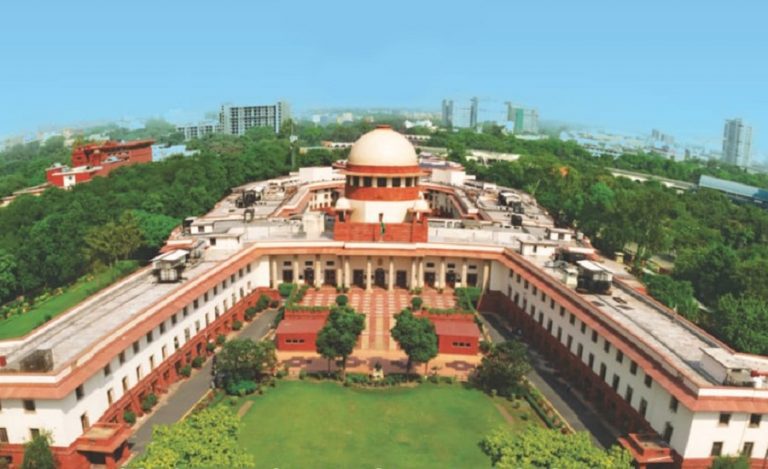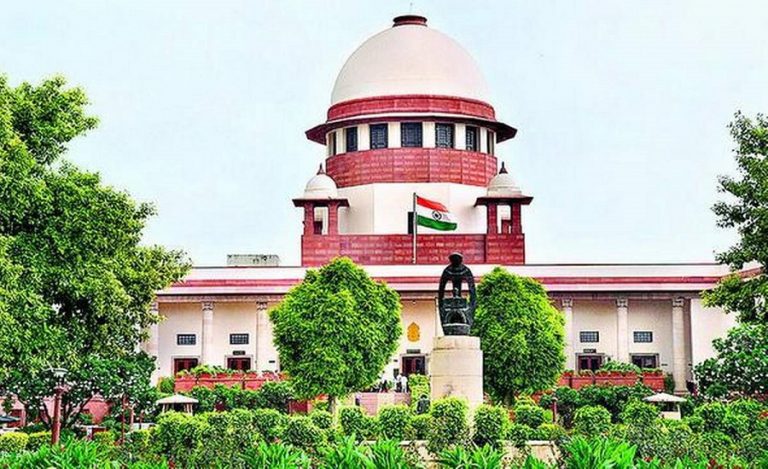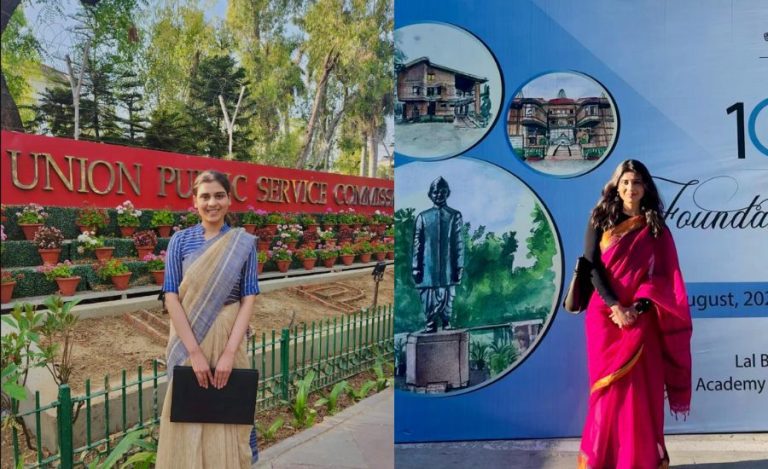Hyderabad, July 4, 2025 – In a landmark move aimed at boosting sustainable industrial growth, Union Minister G. Kishan Reddy officially launched the Aluminium Vision Document at the International Conference on Sustainable and Responsible Mining, hosted under the aegis of the World Mining Congress in Hyderabad.
The new roadmap sets ambitious targets to make India a global leader in aluminium production while prioritizing environmental sustainability and aligning with the broader Viksit Bharat 2047 development agenda.
Scaling Up Aluminium Production for a Sustainable Future
The Aluminium Vision outlines a six-fold increase in the nation’s aluminium output by 2047. It envisions scaling bauxite mining capacity to 150 million tonnes per annum (MTPA), increasing the national aluminium recycling rate twofold, and deploying cutting-edge low-carbon technologies. These measures will ensure India has the raw material and energy security needed to support its rapidly industrializing economy—without compromising its climate goals.
Industry-Wide Consultation Behind the Vision
The document is the result of extensive consultation with key stakeholders across the aluminium value chain. Contributors include leading public and private sector players such as NALCO, Hindalco, Vedanta, and institutional bodies like the Jawaharlal Nehru Aluminium Research Development and Design Centre (JNARDDC), Aluminium Association of India, Aluminium Secondary Manufacturers Association (ASMA), and Material Recycling Association of India (MRAI).
The collaborative approach ensures that the Vision is grounded in both industrial realities and sustainability imperatives.
Also Read: Gujarat Takes the No 1 Spot in Wind Energy, Sets National Benchmark with 13.6 GW Output
Aluminium: Pillar of the Clean Energy and Mobility Transition
Speaking at the event, Minister G. Kishan Reddy emphasized the strategic importance of aluminium in enabling India’s clean energy and electric mobility aspirations. The metal is a key component in sectors like solar energy, electric vehicles, and high-speed rail—making its production and availability a national priority.
Ensuring Raw Material Security with Policy Reforms
To support this vision, the government will introduce institutional mechanisms and policy reforms to guarantee long-term bauxite availability. This move is expected to reduce import dependence and establish a more self-reliant and robust raw material base for the aluminium industry.
Recycling as a Cornerstone of the Aluminium Economy
The Vision document also places strong emphasis on sustainability by aiming to double the national aluminium recycling rate. Recycling aluminium saves up to 95% of the energy used in primary production and helps reduce greenhouse gas emissions. By promoting circular economy practices, the government hopes to significantly lower the sector’s carbon footprint.
Aligning with the Vikasit Bharat 2047 Blueprint
The Aluminium Vision is not an isolated industrial policy—it is a strategic component of India’s long-term development trajectory. By making the aluminium sector more competitive, more sustainable, and more employment-intensive, the document aligns closely with Prime Minister Narendra Modi’s Viksit Bharat 2047 vision of a developed, climate-resilient India.
About the Aluminium Vision
- Aims for a six-fold increase in aluminium production by 2047
- Sets target of 150 MTPA bauxite mining capacity
- Focuses on scaling aluminium recycling and decarbonization
- Backed by major aluminium producers and research institutions
- Supports India’s clean energy transition and economic self-reliance
Also Read: “India’s Hill States Need Their Own Flight Path” – CM Dhami Pushes for Aviation Policy Overhaul


























